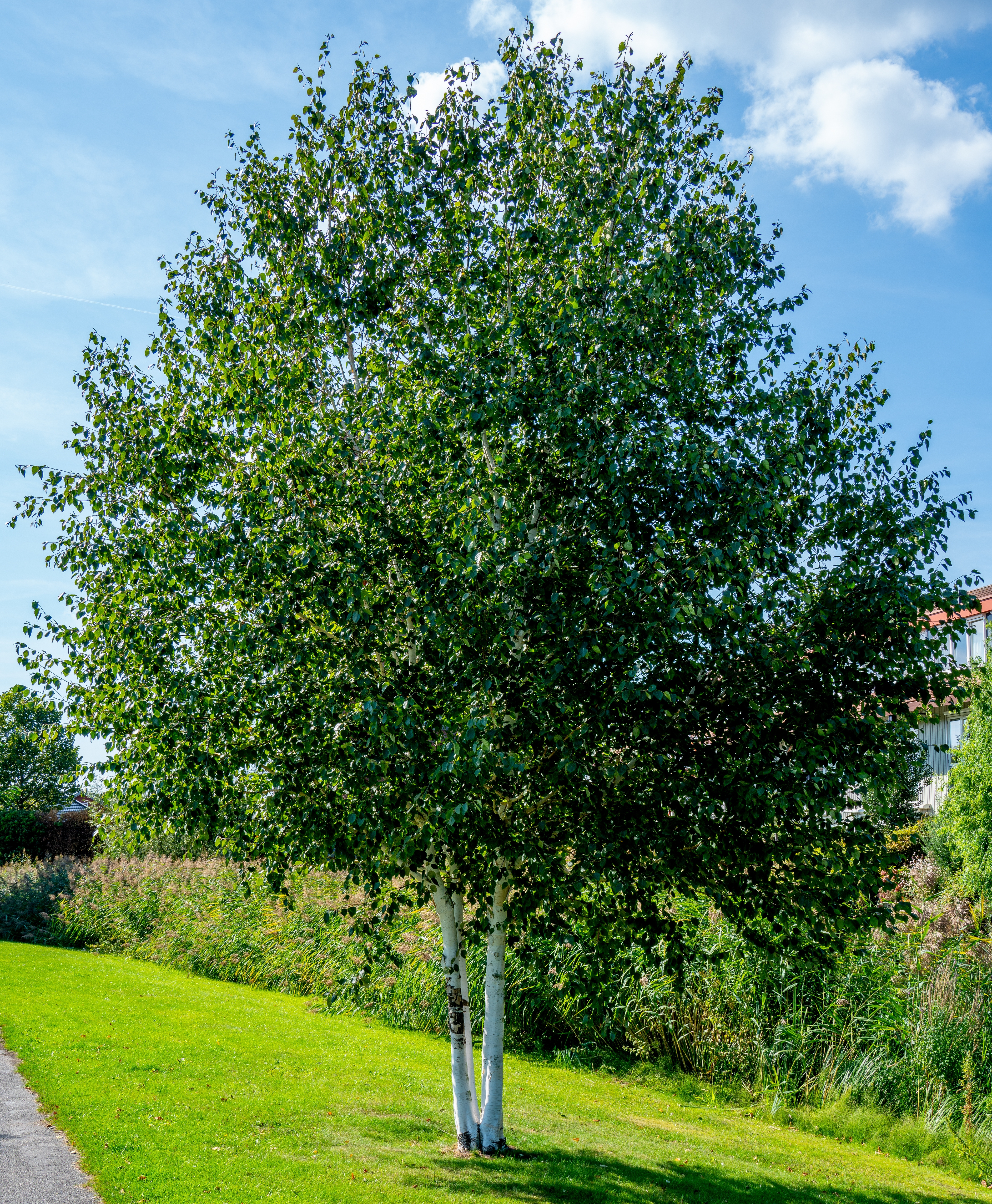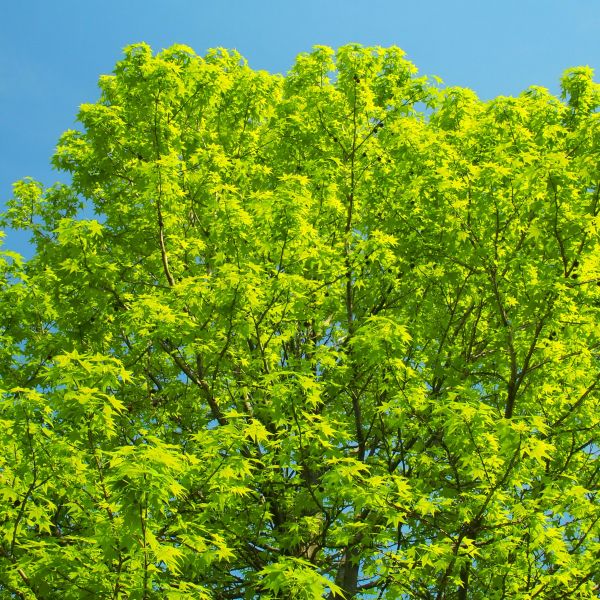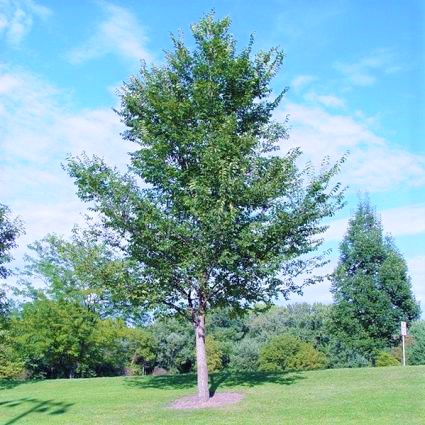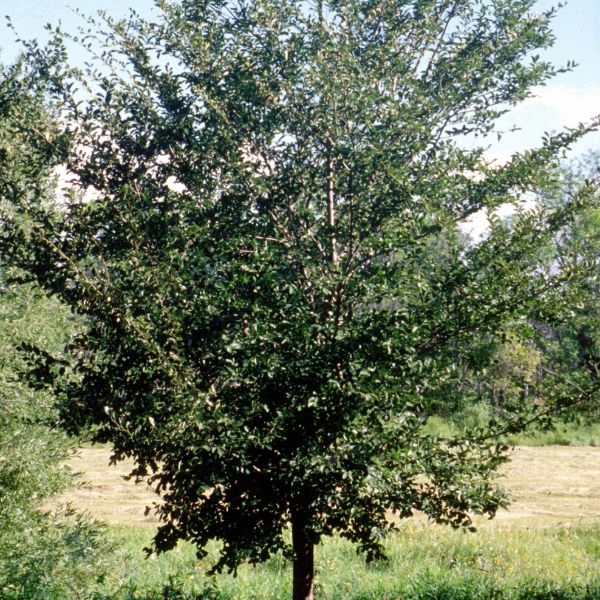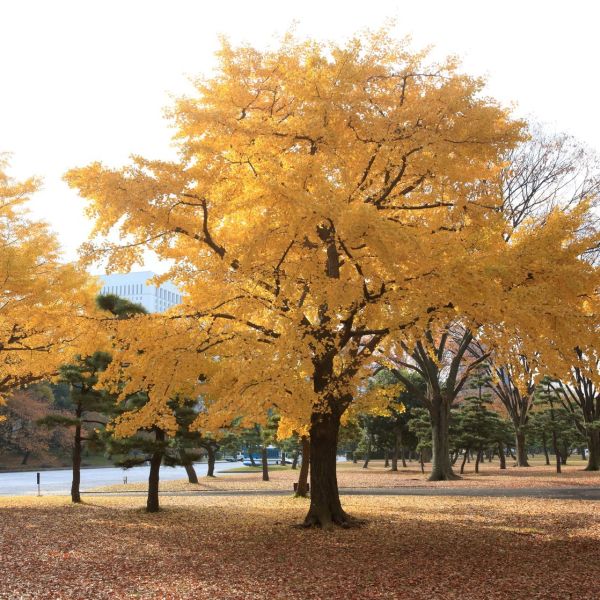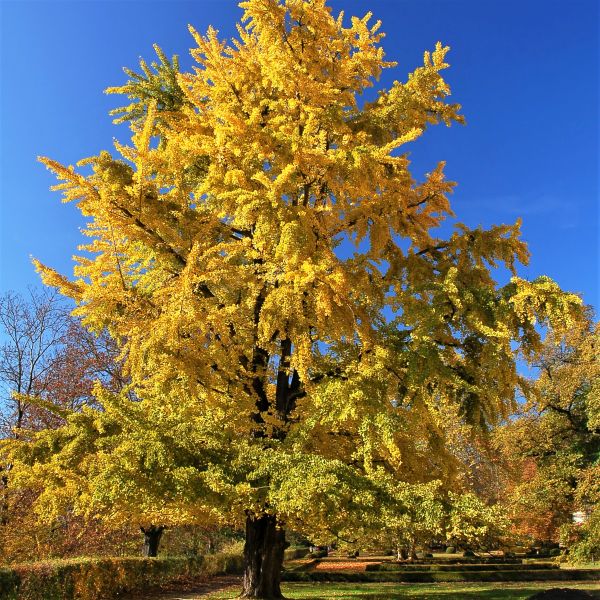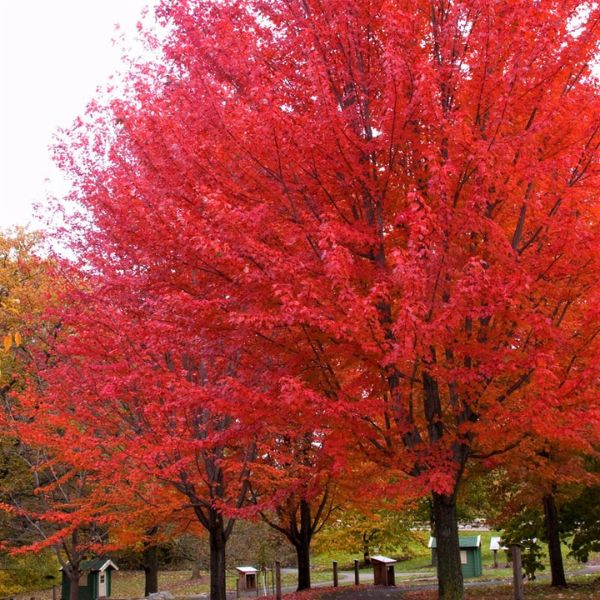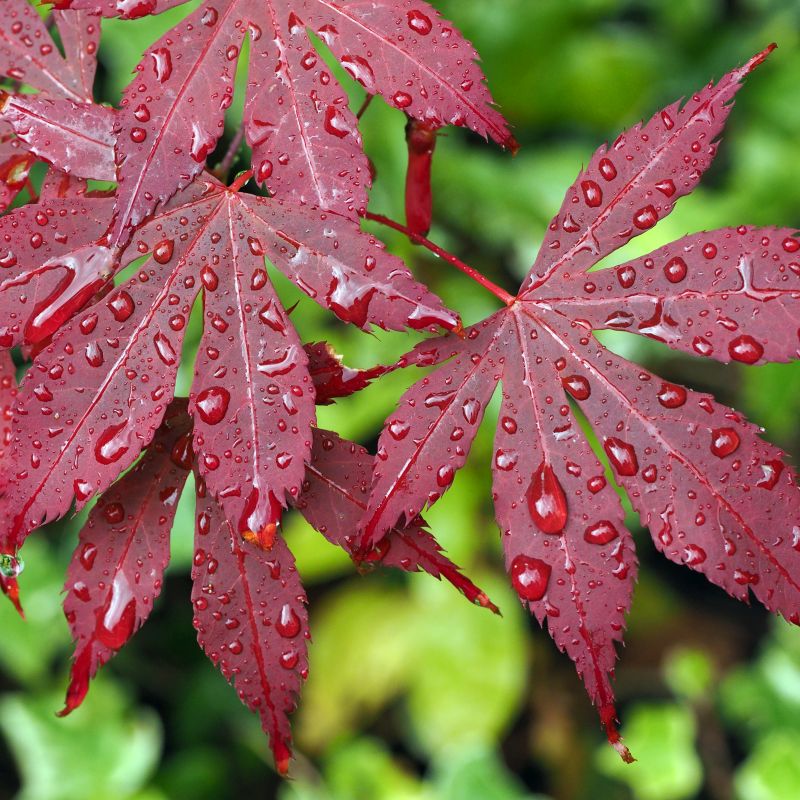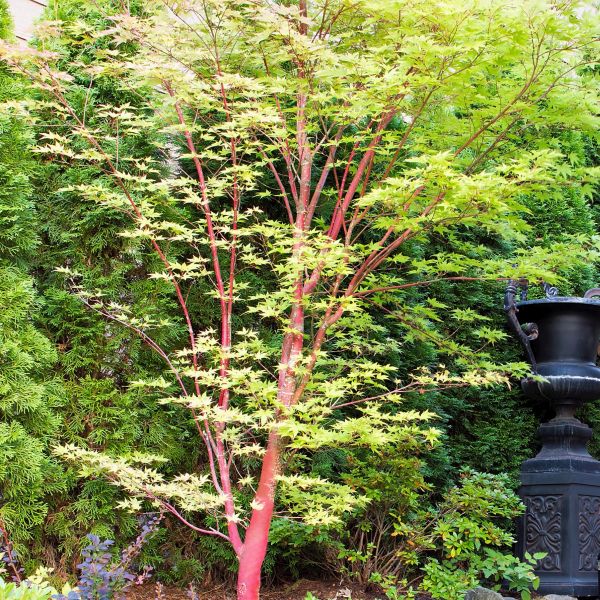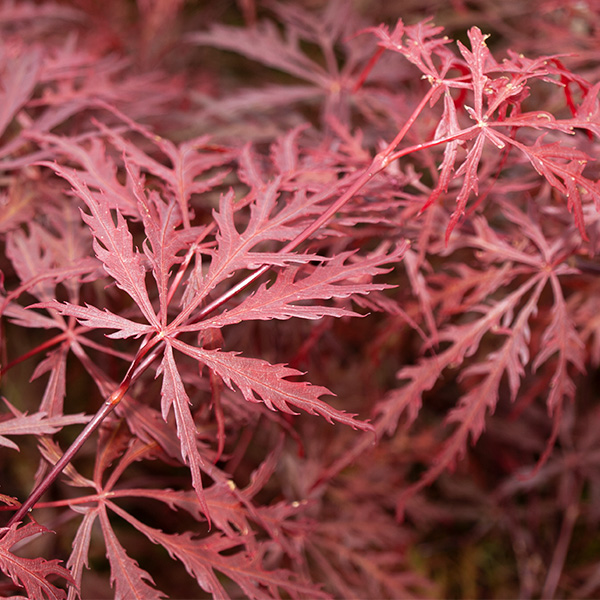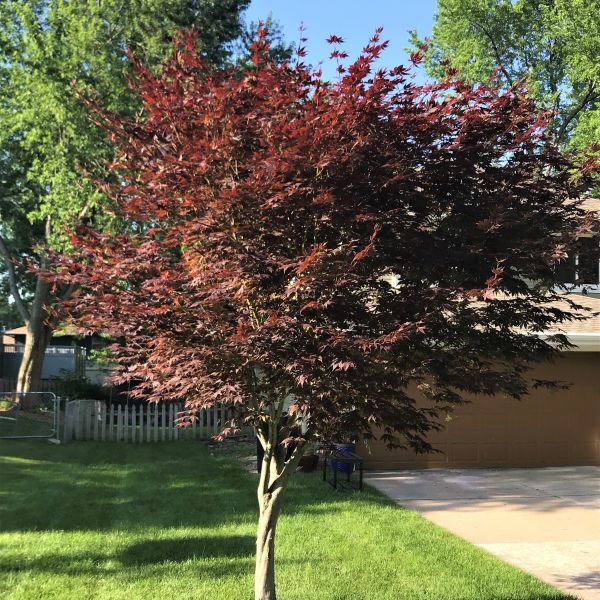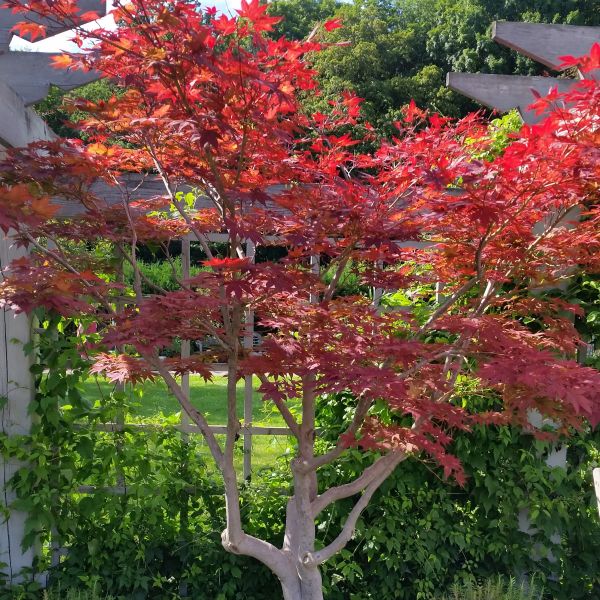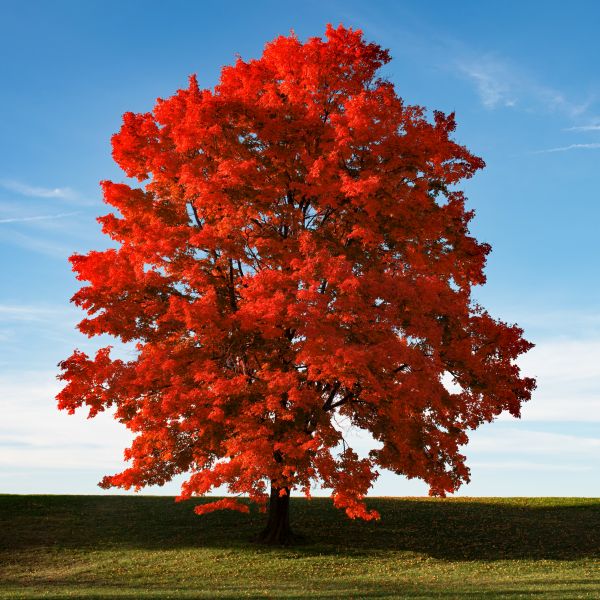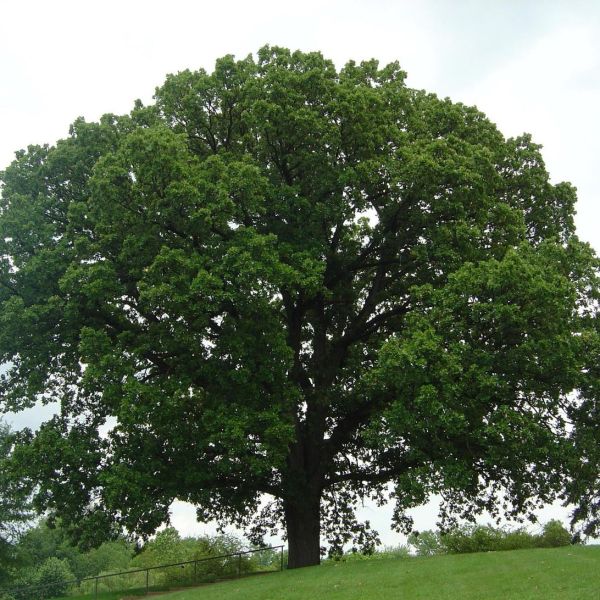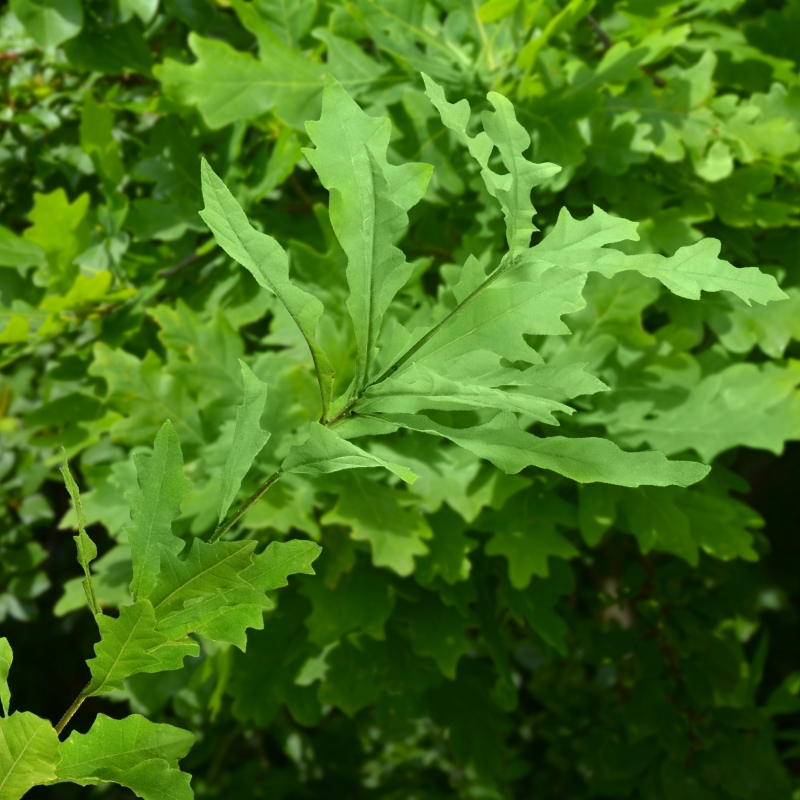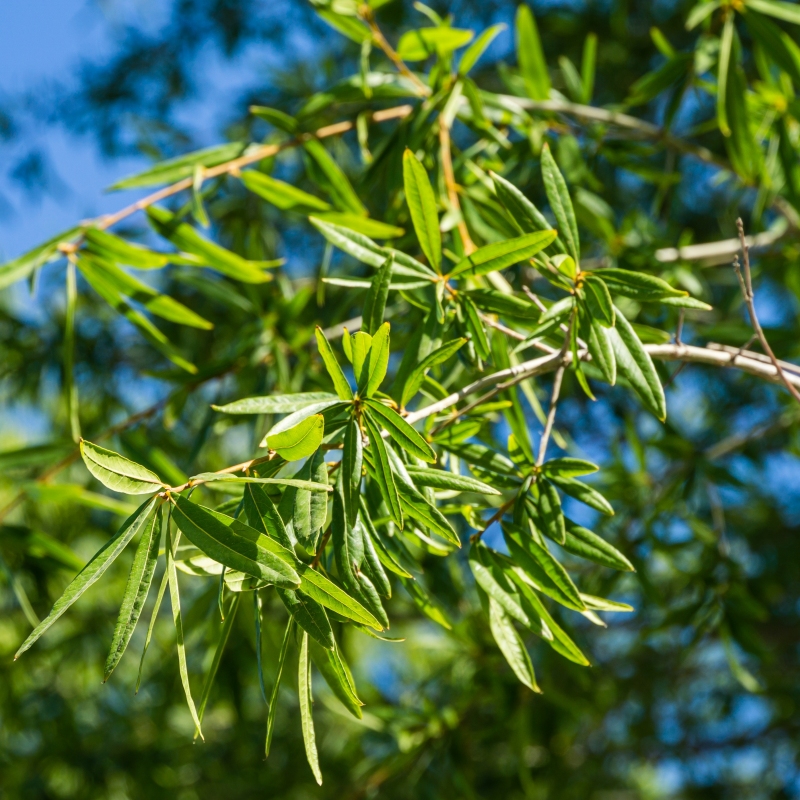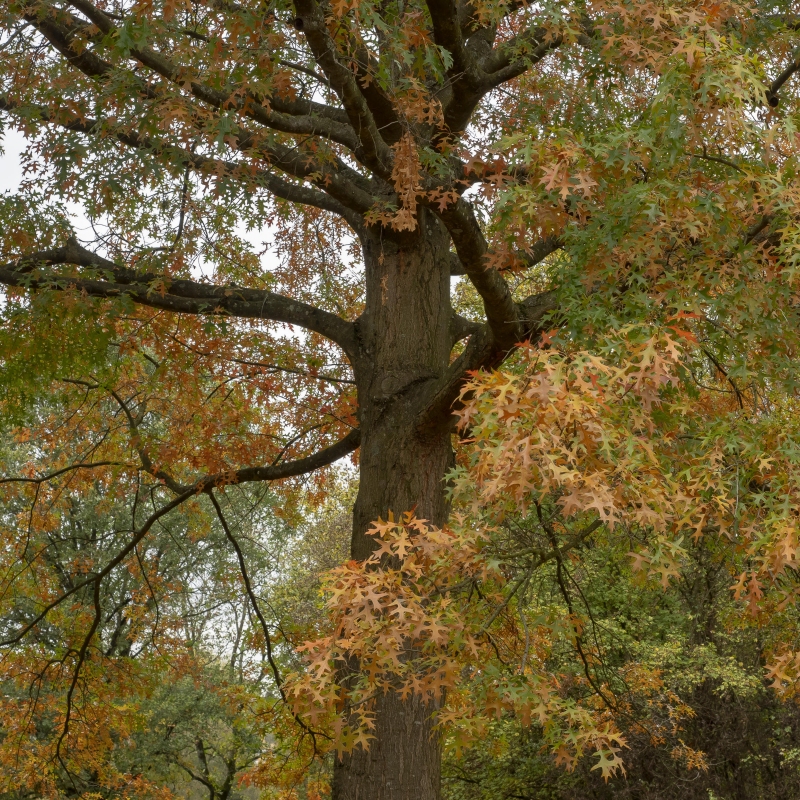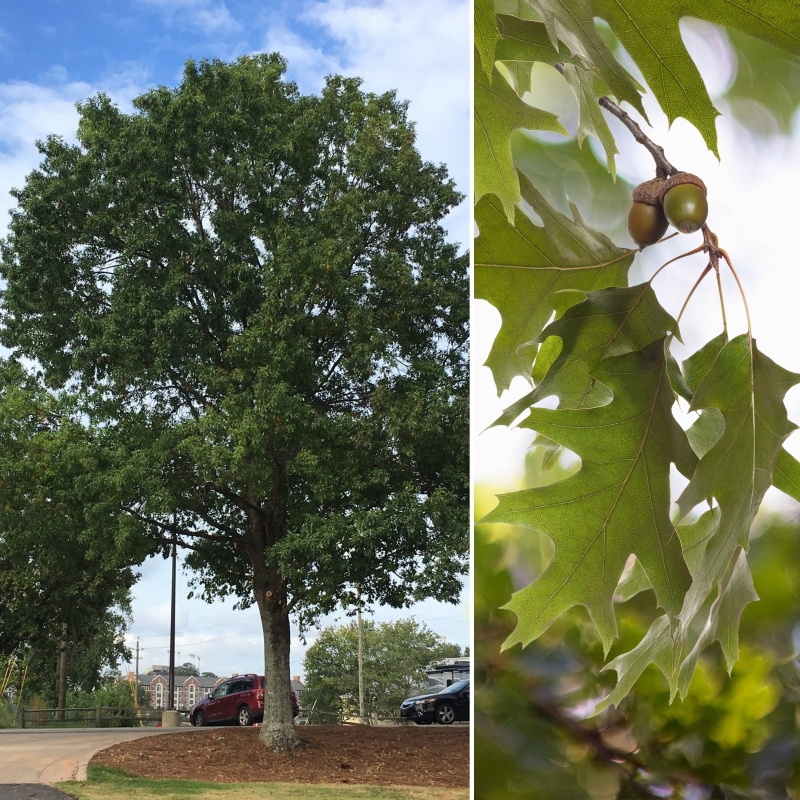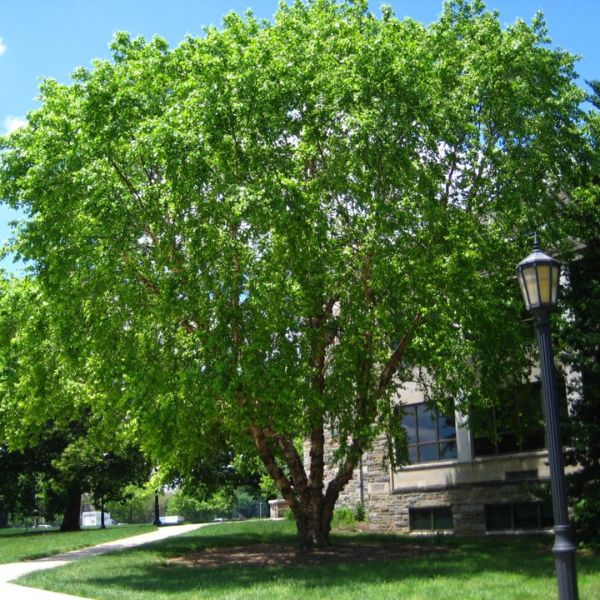


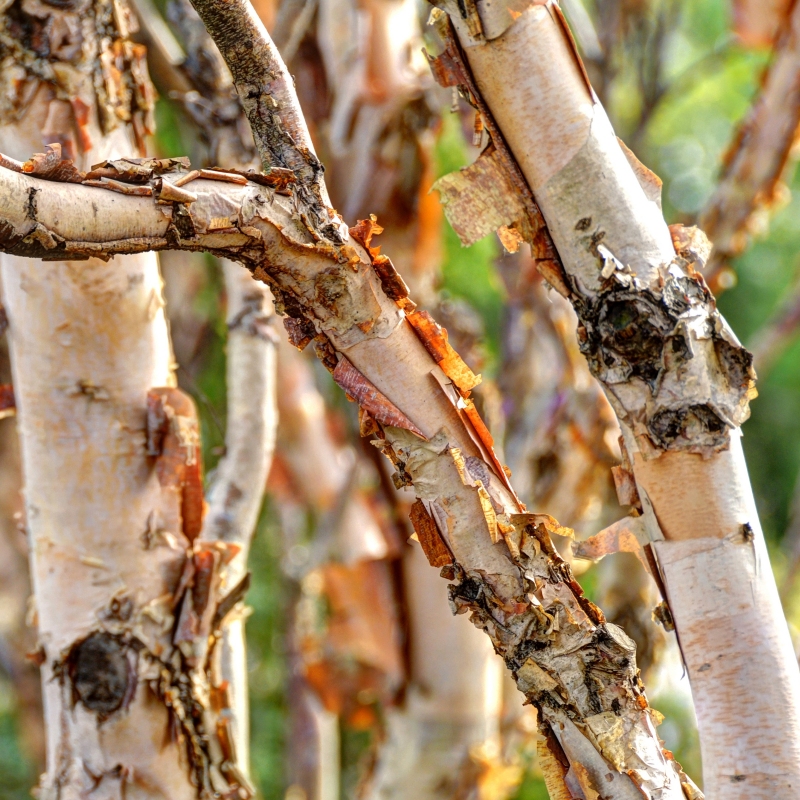
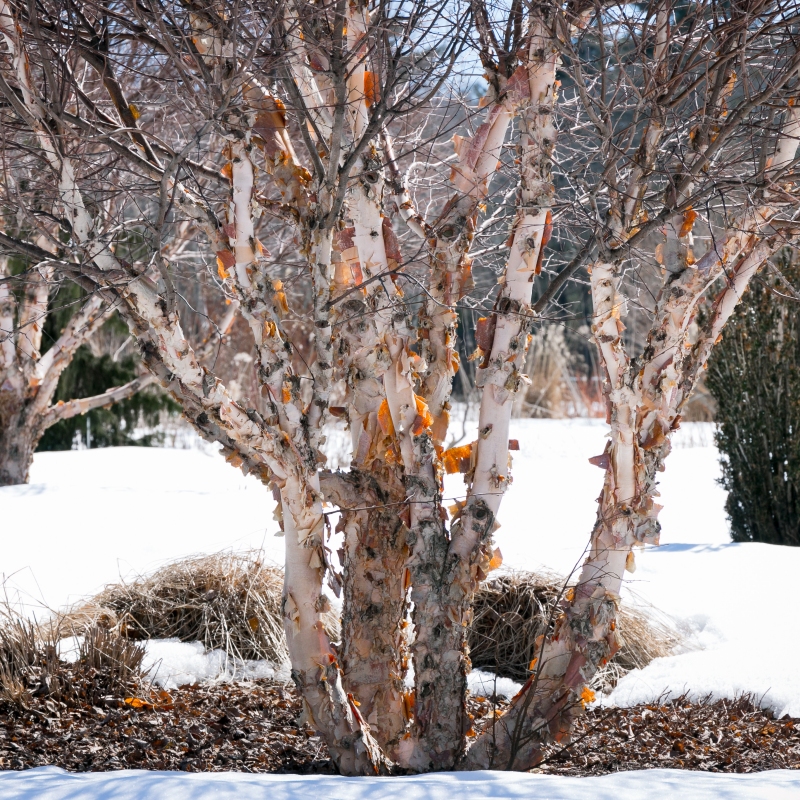

River Birch Tree
Betula nigra River Birch
80 reviews
River Birch Tree
Betula nigra River Birch
80 reviews
- Adaptable to various soil types
- Beautiful peeling bark adds winter interest
- Tolerant of wet conditions
- Recommended by landscape designers for optimal fit in real yards
$112.00
$160.00
30% Off
- Ships to in 3 to 7 days
- Free Shipping Over $150
- Plant Arrival Guarantee
- In Stock
- Free Plant Consult
$200 - Landscape-Approved: Every Plant We Sell Comes With Design Expertise Behind It
- Trade 3 Gallon
Not just beautiful - intentionally selected by ShrubHub's 3D landscape design team to fit real-world spaces and maximize yard potential.
Why River Birch Tree?
The River Birch tree (Betula nigra) is a popular choice for landscaping due to its unique peeling bark that adds visual interest year-round. It is known for its rapid growth rate, reaching heights of up to 70 feet with a spread of 40 feet. River Birch trees are also relatively low-maintenance, requiring little pruning and being adaptable to various soil conditions.
People who loved this plant also bought
Sunlight
River Birch trees prefer full sun to partial shade. They thrive in bright, direct sunlight for at least 6-8 hours a day but can also tolerate some shade. It is important to provide adequate sunlight for healthy growth and to prevent disease.
Watering
River Birch Trees have moderate water needs, requiring about 1-2 inches of water per week. It is important to water deeply and infrequently, allowing the soil to dry out slightly between waterings. Mulching can help retain moisture and provide a buffer aga
Fertilizing
River Birch trees prefer acidic soil and benefit from a fertilizer high in nitrogen. It is recommended to use a slow-release fertilizer in the spring and fall to promote healthy growth. Avoid fertilizers with high levels of phosphorus, as River Birch trees
River Birch Tree (Betula nigra River Birch)
The River Birch Tree, scientifically known as Betula nigra River Birch, is a beautiful and elegant deciduous tree that is native to North America. It is known for its unique peeling bark, which ranges in color from creamy white to reddish-brown, providing year-round interest to any landscape.
The River Birch Tree typically grows to a height of 40 to 70 feet with a spread of 40 to 60 feet, making it an excellent choice for providing shade in gardens and parks. Its leaves are a medium green color, turning a brilliant yellow in the fall, adding a pop of color to the autumn landscape.
These trees thrive in moist, well-drained soils and are often found along riverbanks and wetlands, earning them the name "River Birch." They are relatively low-maintenance trees, requiring little pruning and being resistant to many common pests and diseases.
Overall, the River Birch Tree is a versatile and attractive tree that can add beauty and interest to any outdoor space. Whether used as a focal point in a landscape design or planted in groups for a naturalistic effect, the River Birch Tree is sure to be a standout feature in any garden.
Plant Information:
| Botanical Name: | Betula nigra River Birch |
| USDA Zones: | 4 - 9 |
| Mature Height: | 70 ft |







Pollination Info
River Birch Tree (Betula nigra)
The River Birch tree (Betula nigra) is a deciduous tree that is native to North America. It is known for its unique peeling bark that ranges in color from creamy white to salmon pink. The River Birch tree produces small, greenish-brown flowers that are wind-pollinated.
Pollination
Unlike many other tree species, River Birch trees do not rely on insects for pollination. Instead, their flowers release pollen into the air where it is carried by the wind to neighboring trees. This method of pollination is known as anemophily.
Importance
Although River Birch trees do not require insect pollinators, they still play an important role in the ecosystem. They provide food and habitat for various wildlife species, and their seeds are eaten by birds and small mammals. Additionally, River Birch trees help improve air quality and soil health in their surrounding environment.
FAQ
River Birch Tree FAQ
What is a River Birch Tree?
The River Birch (Betula nigra) is a species of birch tree native to the eastern United States. It is known for its distinctive peeling bark that ranges in color from creamy white to reddish-brown.
How tall does a River Birch Tree grow?
River Birch trees typically grow to be 40-70 feet tall, with a spread of 40-60 feet. They have a moderate growth rate, averaging 13-24 inches per year.
Where should I plant a River Birch Tree?
River Birch trees prefer moist, well-drained soil and full sun to partial shade. They are adaptable to a wide range of soil types, but do best in acidic, sandy, loamy, or clay soils. Plant them in a location with plenty of room for their mature size.
How do I care for a River Birch Tree?
Water newly planted River Birch trees regularly until they are established. Mulch around the base of the tree to retain moisture and control weeds. Prune any dead or damaged branches as needed. Fertilize in the spring if necessary.
Are River Birch Trees prone to any diseases or pests?
River Birch trees are generally resistant to many common pests and diseases. However, they can be susceptible to bronze birch borer and leaf spot diseases if stressed. Proper care and maintenance can help prevent these issues.
Can I plant a River Birch Tree near water?
Yes, River Birch trees are well-suited for planting near bodies of water such as ponds, streams, or wetlands. They can tolerate occasional flooding and may even help stabilize stream banks with their root systems.
Planting & Care
Planting and Care for River Birch Tree
The River Birch tree (Betula nigra) is a popular choice for landscapes due to its attractive bark and graceful form. Here are some guidelines for planting and caring for River Birch trees:
Planting
- Choose a planting location with full sun to partial shade and well-draining soil.
- Dig a hole twice the width of the root ball and at the same depth as the root ball.
- Place the tree in the hole and backfill with soil, tamping down gently to remove air pockets.
- Water thoroughly after planting.
Care
- Water regularly, especially during the first year after planting.
- Mulch around the base of the tree to retain moisture and suppress weeds.
- Prune dead or diseased branches as needed to promote healthy growth.
- Fertilize in spring with a slow-release fertilizer suitable for trees.
- Protect the tree from pests and diseases by monitoring and taking appropriate action.
With proper planting and care, your River Birch tree will provide beauty and shade for years to come.
Check Out These Verified Customer Reviews:
Customer Reviews
4.8 out of 5 based on 80 reviews
Thank you! Your review has been submitted.
Website was easy to navigate. Found exactly what I was looking for with no hassle.
Love the river birch tree. The only reason it's not 5 stars is because it took a bit longer to ship.
The Betula Birch 'River' 3G plant arrived in perfect condition. It looks healthy and vibrant, just as described on the website. The packaging was secure and the shipment was prompt. Great customer service!
Item has been added to your cart.




